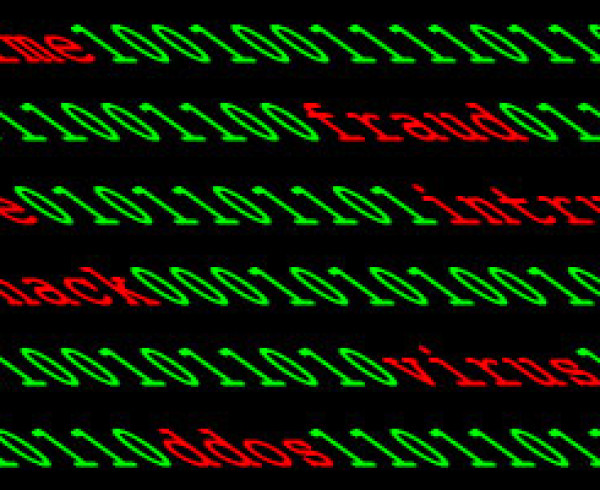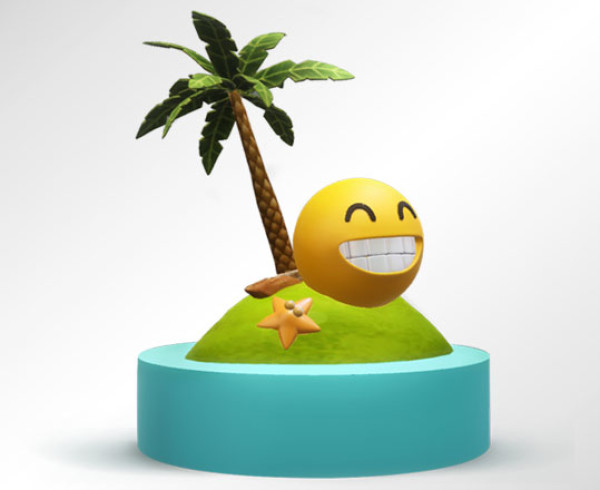Pokemon Go was without doubt the big tech success story of summer 2016. The game was installed 500 million times within two months of launch and dominated headlines and conversations around the world.
“It was a crazy summer,” Mike Quigley, chief marketing officer for the game’s maker, Niantic, said at Web Summit in Lisbon on Thursday. “We were very humbled by fan reactions.”
Then came the drop off. Tales of Pokemon Go players abandoning the game as quickly as they arrived spread across the internet and were also backed up by analysts.
But Niantic isn’t worried. In fact, it sees this summer’s success as just the beginning for the game.
“We view Pokemon Go as something that will be around for years,” said Quigley.
Quigley is the first to admit that the game had teething problems. It was as much a surprise to the Niantic team, which had been quietly plugging away for four years building the game, as the rest of the world when the game launched and immediately went stratospheric.
“We were off by orders of magnitude,” Quigley said, on predicting what uptake would be.
The original rollout plan was abandoned while the company struggled to stabilize the servers, a process that lasted in total around six to eight weeks. As a result, it took longer to launch Pokemon Go in some countries than Niantic had originally anticipated, but this only seemed to increase the hype around the game.
As the weeks went by though, some players seemed to lose interest. Quigley shied away from giving out any recent statistics about user figures, instead saying, “We’re pleased with where we are now, and we have a product roadmap.”
We’ve already seen evidence of this roadmap, firstly with the introduction of buddies in September and then of daily bonuses last week. There were also the special bonuses laid on around Halloween, which according to Quigley earned the company $200 million.

Soon the updated version of the “nearby” feature, which was removed back in August, will roll out to users beyond San Francisco, where it’s currently being tested. Quigley hinted at more in-game events after the success of the first, and even real-world events. He stressed that the company is focused on ensuring that it keeps iterating for all players — those who prefer battling and those who prefer capturing. There are also rumors of 100 new creatures hatching imminently, though Quigley did not comment on this.
Going beyond Pokemon
Niantic’s close relationship with the Pokemon company, from which it is separate, keeps the game on track.
“They make sure we’re doing things that are good for the brand,” Quigley said.
But staying true to its original mission means the company must also think beyond Pokemon Go.
When Niantic was founded five years ago, the intention was not for it to become a publisher, but a platform. Ingress, the forerunner to Pokemon Go and still widely popular in its own right, was the test bed for this, and according to Quigley, “that is still part of the company’s long-term plan.”
“We were fortunate that we had the runway we had with Ingress,” he said. “It really was an important project, and we learned a lot of lessons there.”
In theory the Niantic strategy, which relies on a combination of geospatial, communication and augmented-reality technologies, could be licensed by any number of brands to build a community-based, MMO-style mobile game (MMO, btw, stands for massively multiplayer online game).
Could anything have the potent pull of Pokemon though? The success of the game, said Quigley, “is testament to the IP of Pokemon.” As for new Pokemon Go-style games with alternative premises, it could be awhile until we actually see any from Niantic, which is not in any particular rush.
“I think first and foremost, it’s a marathon not a sprint for us,” said Quigley.
By: CNet News













Leave a Comment